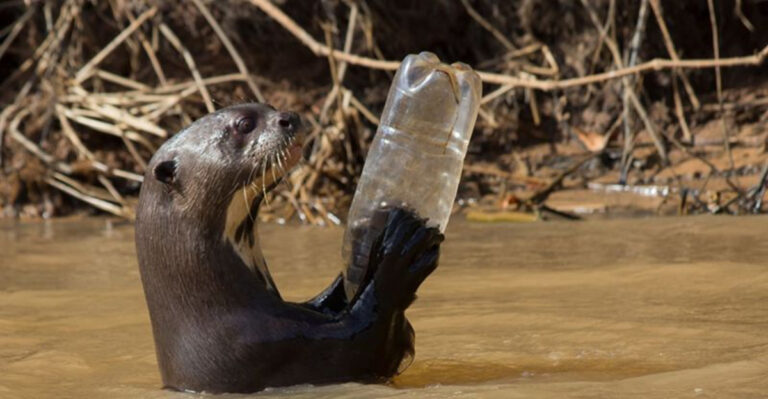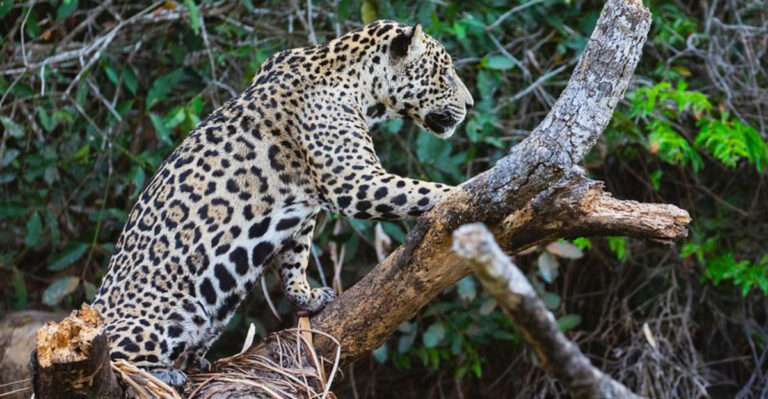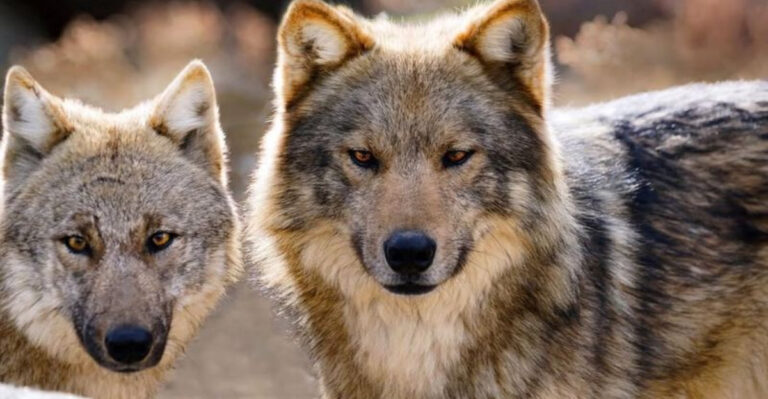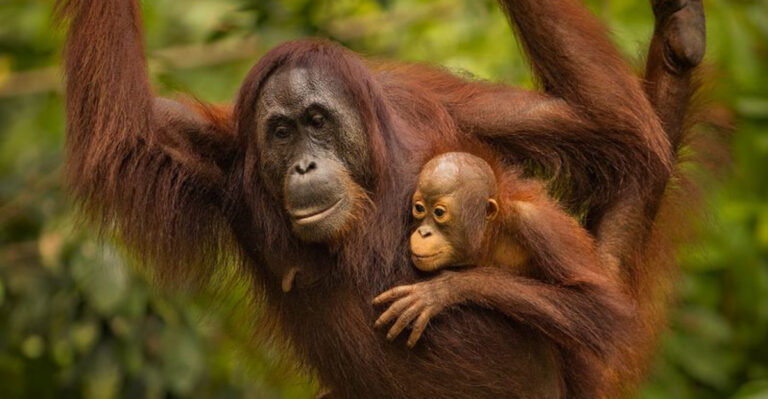Why Reintroducing Jaguars Could Change The Forest
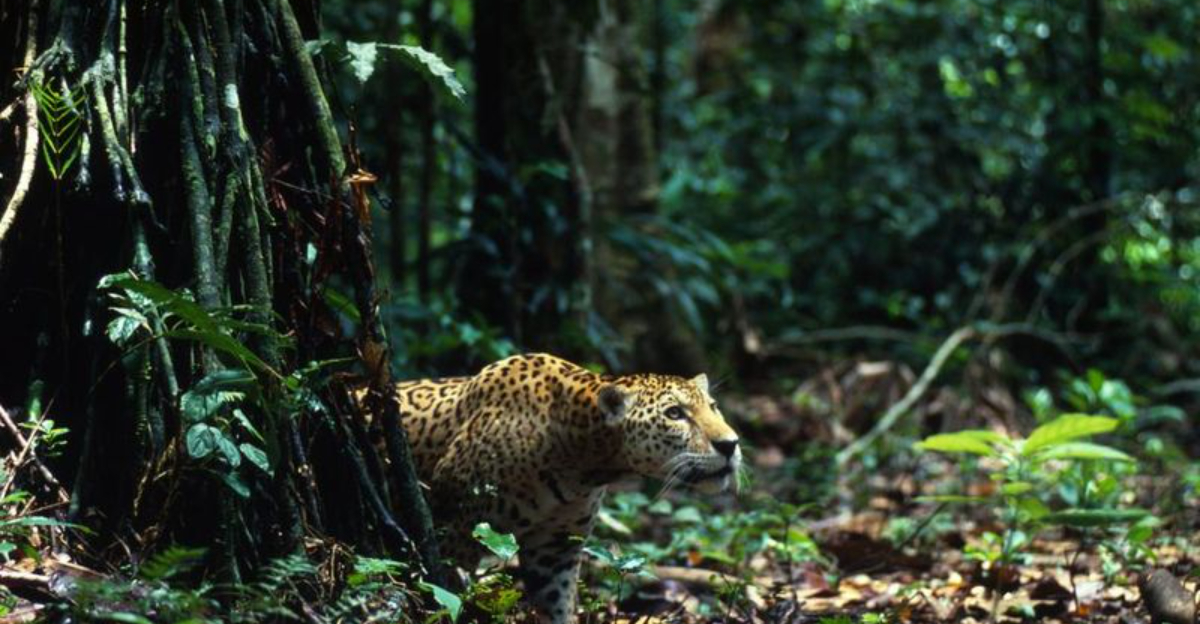
Forests across the Americas once rumbled with the powerful presence of jaguars, nature’s spotted architects of ecosystem health.
Their disappearance from many regions has left a gap in the natural order, affecting everything from prey populations to plant distribution. Scientists now believe bringing these magnificent predators back could trigger a cascade of positive changes throughout forest ecosystems.
1. Deer Population Control

Without top predators around, deer multiply like crazy, munching through forest undergrowth like hungry teenagers at a buffet. Too many deer means fewer saplings survive to become trees.
Jaguars naturally keep these populations in check, allowing young trees and plants to thrive. This natural balance helps maintain forest diversity without human intervention.
2. Scavenger Support System
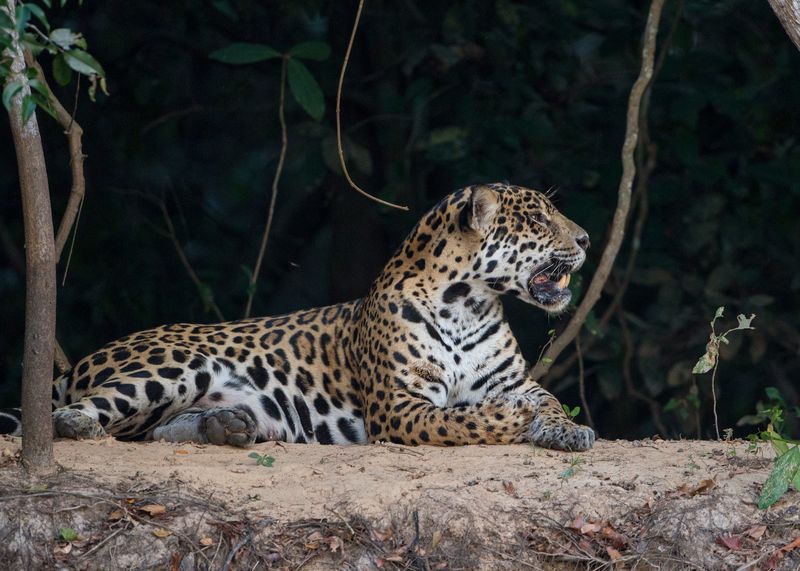
Ever notice how one meal can feed many mouths? Jaguar kills become nature’s food delivery service for forest scavengers like vultures and smaller mammals.
These leftover feasts distribute nutrients throughout the ecosystem and support diverse scavenger communities. Without large predators making these deposits, many smaller creatures struggle to find enough food.
3. River Health Improvement
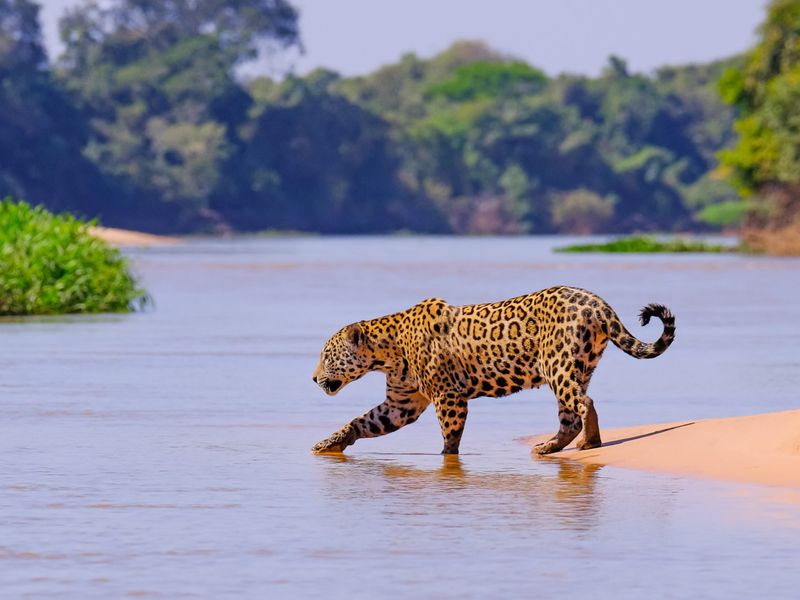
Rivers run cleaner when jaguars patrol the banks. By managing herbivore numbers, these big cats prevent overgrazing of riverside vegetation that would otherwise filter water and prevent erosion.
Strong riverbanks mean less soil washing away during storms, which keeps water clearer for fish and other aquatic life. The entire watershed benefits from this natural engineering.
4. Seed Dispersal Enhancement
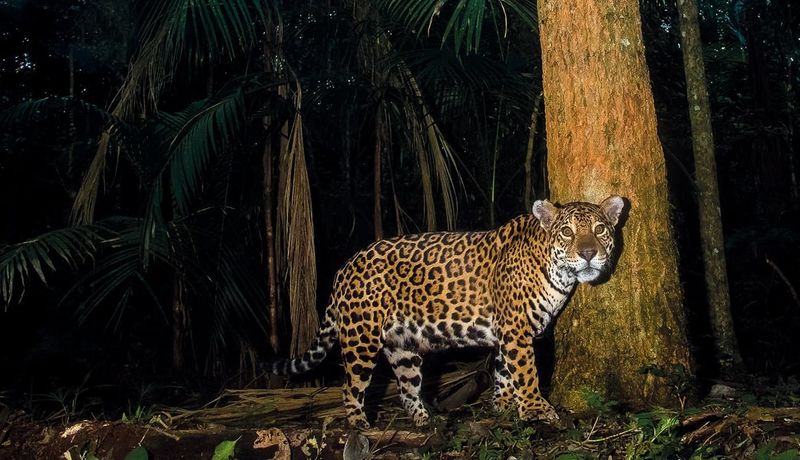
Forest plants play a clever game of hide-and-seek with their seeds. When jaguars hunt plant-eating animals, they change where these creatures roam and feed, affecting where seeds end up.
This reshuffling of seed dispersal patterns creates more diverse plant communities. New trees sprout in different locations, creating varied habitat patches throughout the forest.
5. Mesopredator Release Prevention
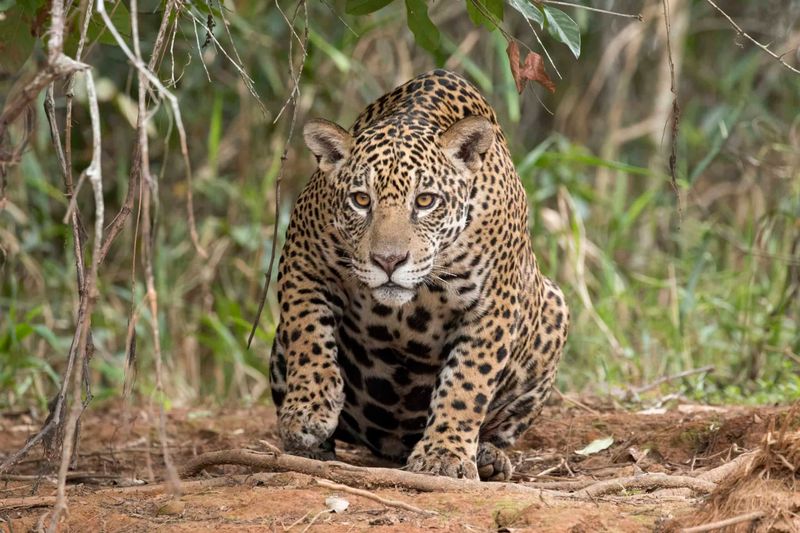
Remove the boss, and middle managers run wild! When jaguars disappear, medium-sized predators like ocelots and foxes boom in numbers, putting excessive pressure on smaller animals.
Reintroducing jaguars keeps these mesopredators in check. This protection of small mammals, birds, and reptiles maintains crucial links in the food web that might otherwise collapse.
6. Forest Floor Architecture

Jaguars reshape the forest floor without lifting a paw. By influencing where prey animals gather and feed, they create a patchwork of heavily and lightly browsed areas.
These browsing patterns create diverse microhabitats for insects, fungi, and small plants. The resulting mosaic of vegetation heights and densities supports more species than a uniformly grazed landscape.
7. Climate Change Buffering
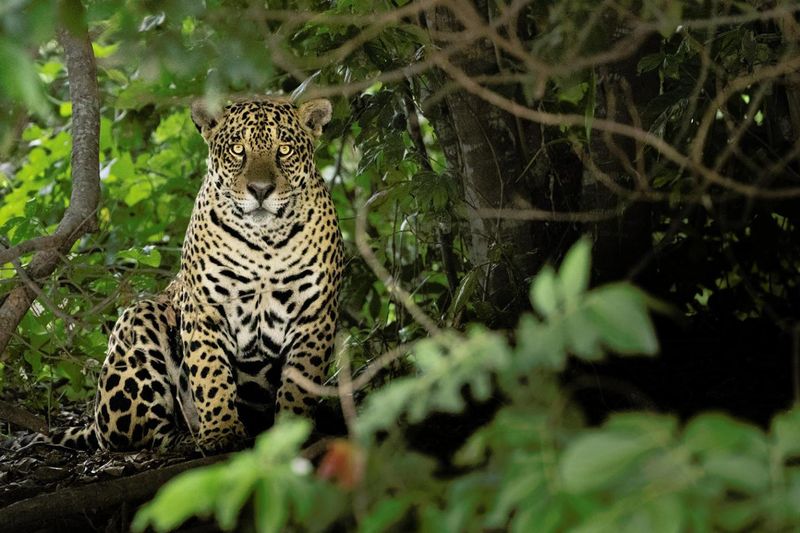
Healthy forests fight climate change by storing carbon, and jaguars help keep forests healthy. Their presence ensures balanced herbivore populations that don’t overgraze carbon-capturing vegetation.
More trees and plants means more carbon locked away instead of floating in our atmosphere. This natural climate solution works 24/7 without any technological intervention.
8. Disease Control Benefits
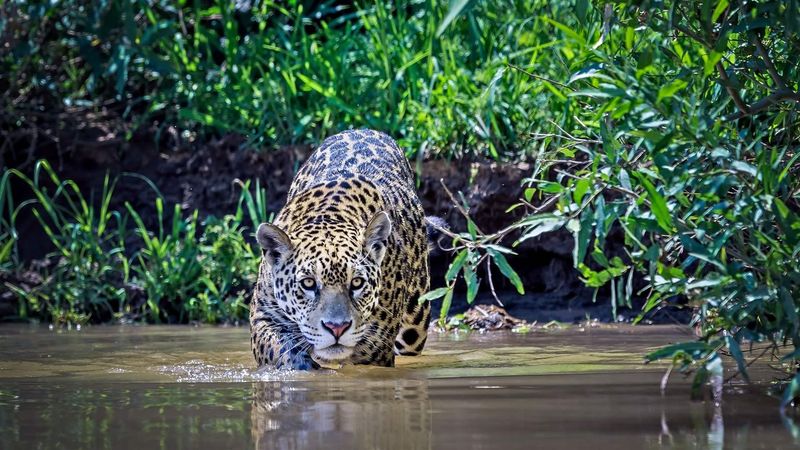
Sick animals don’t outrun jaguars. These predators often catch weaker, diseased individuals first, removing them before illness can spread through the whole population.
This natural culling helps prevent devastating disease outbreaks among forest creatures. Healthier animal populations mean more stable ecosystems and reduced risk of diseases jumping to new species.
9. Cultural Restoration Opportunity

Many indigenous cultures wove jaguars into their stories, art, and spiritual practices for thousands of years. Returning these cats reconnects these communities with traditional knowledge and practices.
This cultural restoration strengthens indigenous land stewardship that often protects forests better than other approaches. The jaguar becomes both an ecological and cultural keystone.
10. Ecotourism Revenue Generation

Spotting a wild jaguar tops many wildlife enthusiasts’ bucket lists. Communities near reintroduction areas can develop responsible tourism opportunities that bring in sustainable income.
This economic incentive often transforms former hunters into guides and conservationists. Local people become champions for forest protection when wildlife directly benefits their livelihoods.
11. Scientific Research Advancement

Jaguar reintroduction creates living laboratories for ecological research. Scientists can study ecosystem recovery in real-time, gathering insights impossible to obtain any other way.
These discoveries help us understand how nature heals and how to restore other damaged ecosystems. Each reintroduced population becomes a treasure trove of information about resilience and recovery.
12. Wildfire Risk Reduction
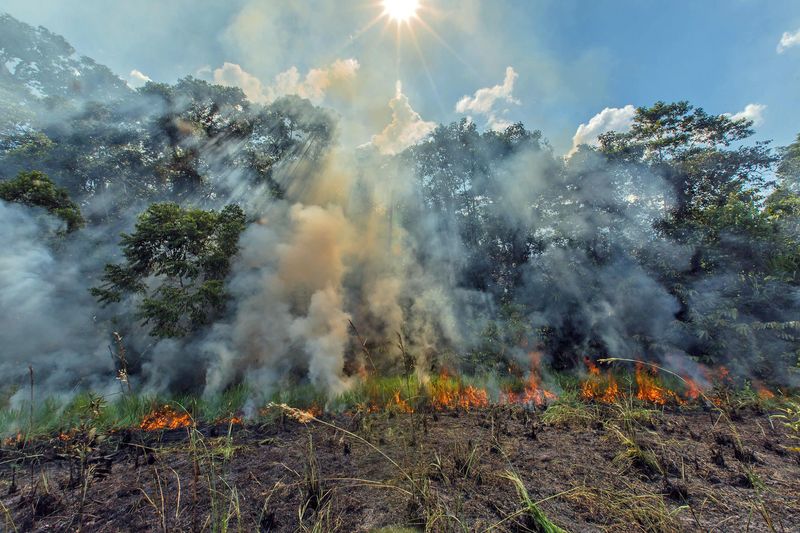
Forest fires burn worse when undergrowth builds up unchecked. Jaguars indirectly manage this fire fuel by controlling herbivore populations that would otherwise overgraze some plants while leaving others untouched.
More balanced vegetation patterns create natural firebreaks. These breaks help prevent small fires from becoming catastrophic blazes that destroy entire forest systems.
13. Soil Quality Enhancement
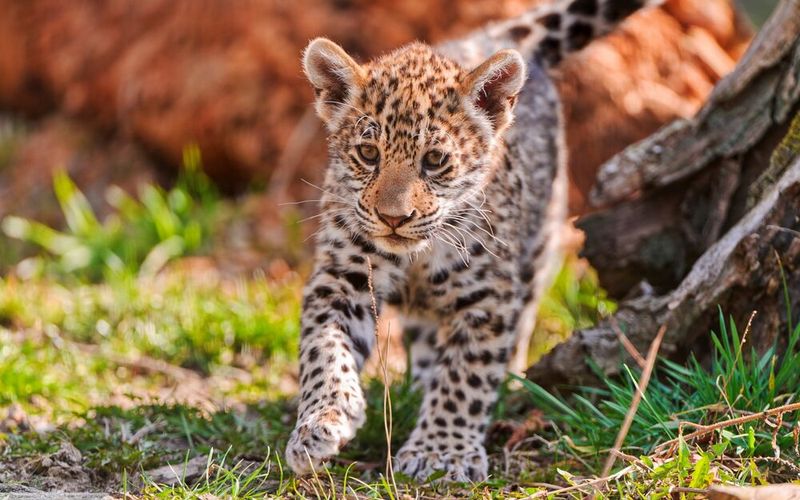
Forest soil tells the story of everything above it. Jaguars influence soil health by changing where animals feed, rest, and deposit nutrients through waste.
These nutrient hotspots create rich pockets of soil that support specialized plants. Over time, this nutrient cycling builds more fertile forest floors that can support greater biodiversity.
14. Evolutionary Pressure Restoration
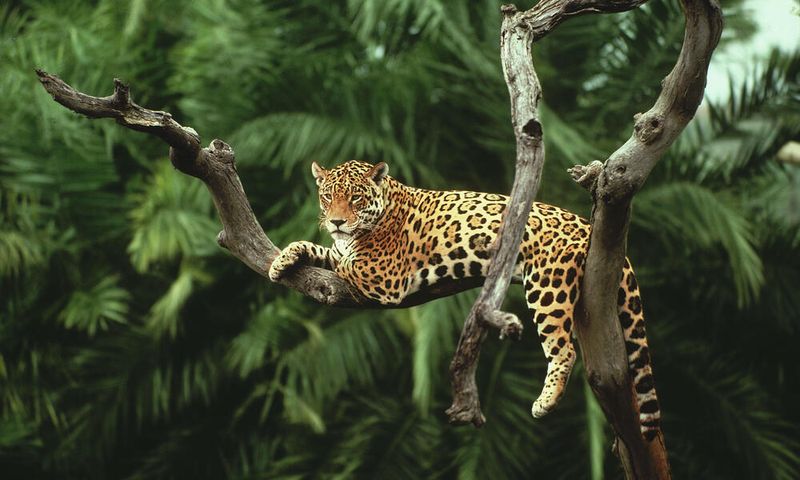
Animals evolve different traits when predators are around versus when they’re not. Reintroducing jaguars restores evolutionary pressures that shaped prey species for millennia.
These pressures maintain genetic diversity and adaptive behaviors in prey populations. Without this natural selection force, prey species can lose crucial survival adaptations over generations.


